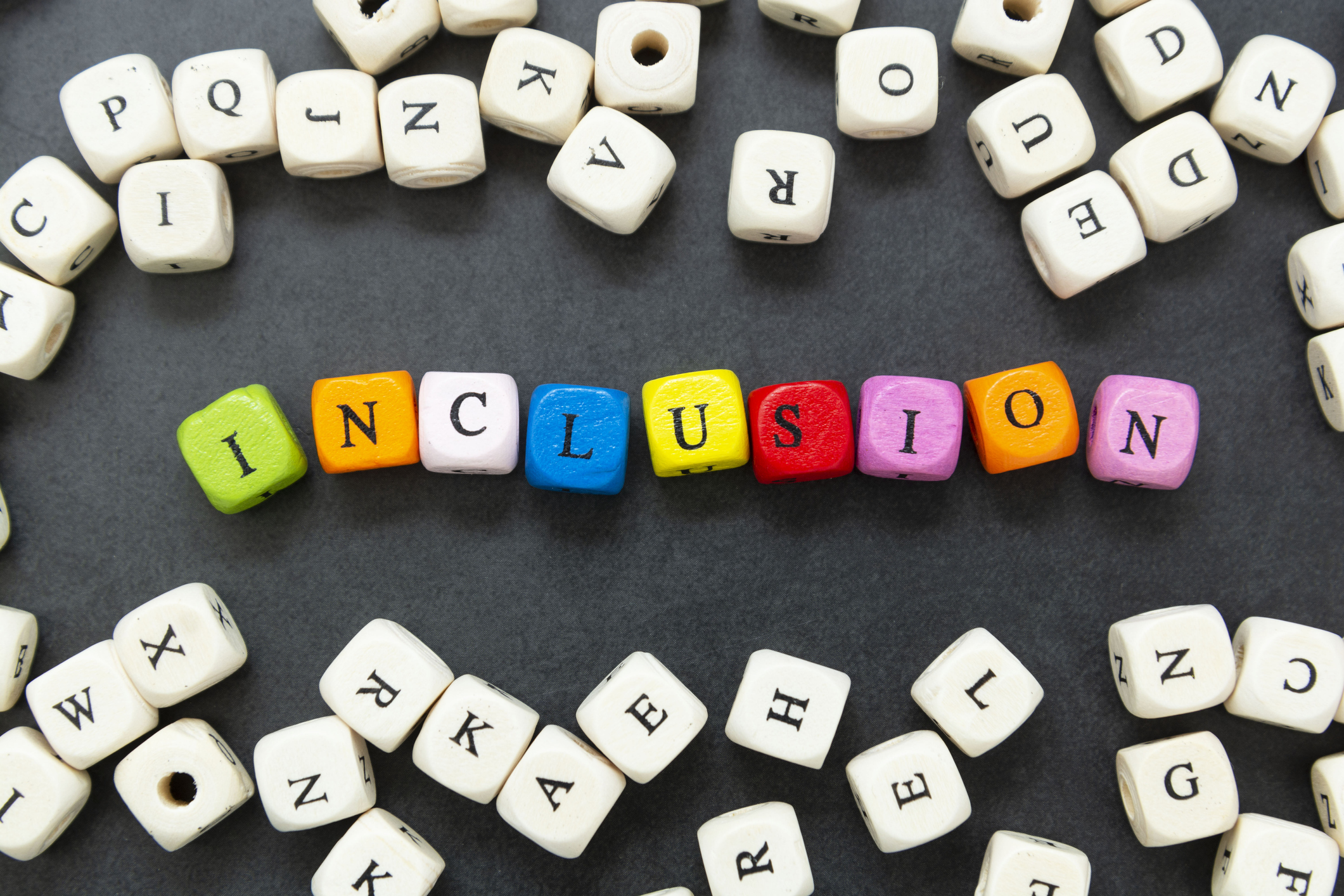Editor’s note: May Habib is CEO of Writer, an AI writing assistant for businesses.
Language is powerful. A single word can heal or hurt. Words can create cultures of belonging or exclusion and it’s important to know which words or phrases are which, especially if you value diversity.
 The way we use language changes as the culture at large changes and the trend is toward people-first language. It can be hard to keep up but it’s essential for a healthy, inclusive culture at work.
The way we use language changes as the culture at large changes and the trend is toward people-first language. It can be hard to keep up but it’s essential for a healthy, inclusive culture at work.
“Using inclusive language helps build trust and credibility, particularly with groups that have felt historically underrepresented or misrepresented,” says Rachele Kanigel, editor of The Diversity Style Guide.
Here are nine outdated words to cut:
1. Addict → person with a substance use disorder.
Addiction is a disease. The word “addict” perpetuates the negative stereotyping and stigma around those who have an addiction. That’s because it acts as shorthand for those ideas. The more appropriate term, according to the Partnership to End Addiction, is now “person with a substance use disorder” or “person struggling with an addiction.”
2. Non-white → person of color.
The primary issue here is that “non-white” assumes whiteness as the default identity. It creates a sense that those who don’t fit into that particular category don’t belong, or in some way less than those who are white. It’s best to avoid “non-white” altogether and to use something that is both more direct and less white-normative, like “people of color.”
3. Elderly → senior.
Ageism is real and using the word elderly to describe someone is one of the ways that it can manifest. The word invites the discrimination that older individuals often face and it’s associated with things that are typically thought of in a negative light, like sickness or inability. So it’s best avoided. A better phrase would be “older person” or “senior adult.”
4. Homeless → person experiencing homelessness.
Using this term to describe a group of people means defining them according to one trait they happen to share, and one that, for many, is a temporary state. It perpetuates the stigma associated with homelessness. A better option would be to say, “someone who is experiencing homelessness.”
5. Sex change → transition.
According to GLAAD, the term “sex change” places an unnecessary emphasis and focus on the surgical aspect of transitioning. The decision to have surgery or not is a personal one, and someone who has transitioned should not have to reveal whether they’ve had surgery or not. The term sex change has also been used in the past to out trans people, so it's both offensive and outdated. The preferred term for the surgery itself is sex reassignment surgery or gender affirmation surgery.
6. Exotic → just don’t (especially if it refers to a woman).
The term is often used to describe women of color. To those who have been described this way, it can foster feelings of being objectified, especially given the term’s racist colonial roots. Because the term is mostly meant to describe non-living things, it’s dehumanizing to use it to describe a person. Finally, it implies the person being described doesn’t fit a certain standard of beauty (remember non-white?), even as it objectifies them.
7. Whitelist → allow list, permit list.
To some, this may seem innocuous, as the term has been used in a number of industries, especially software, for a long time. But the idea of color-coding to mean “good” or “bad” evokes racist ideologies. Even though it’s being used to describe things, rather than people, it's still pulling from those ideas. So the word is problematic, regardless of the intent of the speaker or the ubiquity of the term. But it’s easily replaced by other terminology, like “permit list.”
8. Insane → just don’t.
Mental illness has long been fraught with stigma and this term perpetuates the negative stereotypes associated with those who have mental illnesses. That's a huge part of the problem when it comes to the treatment of mental illness itself, making it harder for people to seek help. A phrase that isn't steeped in stigma, like “person with a mental health condition,” is a better option.
9. Manhours → person hours, engineering hours.
It may be easy to overlook this term because its use is so widespread. But here are two reasons to cut this from your vocabulary: First, the term assumes that it is men who are doing the work, which excludes anyone who does not identify as a man. Second, it supports the gender binary by setting up a this-or-that classification. So it’s best to use a less exclusionary (and more descriptive!) term like person hours or work hours.
Inclusive language
Changing the way we use language can be difficult but inclusive language really can create a more inclusive workplace. As you make changes, the most important part is to remember to ask, rather than assume, when it comes to talking about minority groups – and remember to think about whether this aspect of their identity is at all relevant.
“If you’re unsure of what terms to use, ask your sources. When you can’t ask sources, seek out guidance from community leaders and respected organizations,” says Kanigel. “It can be difficult to ask about gender and racial identity, but the more you do it, the more comfortable you’ll get asking questions.”
